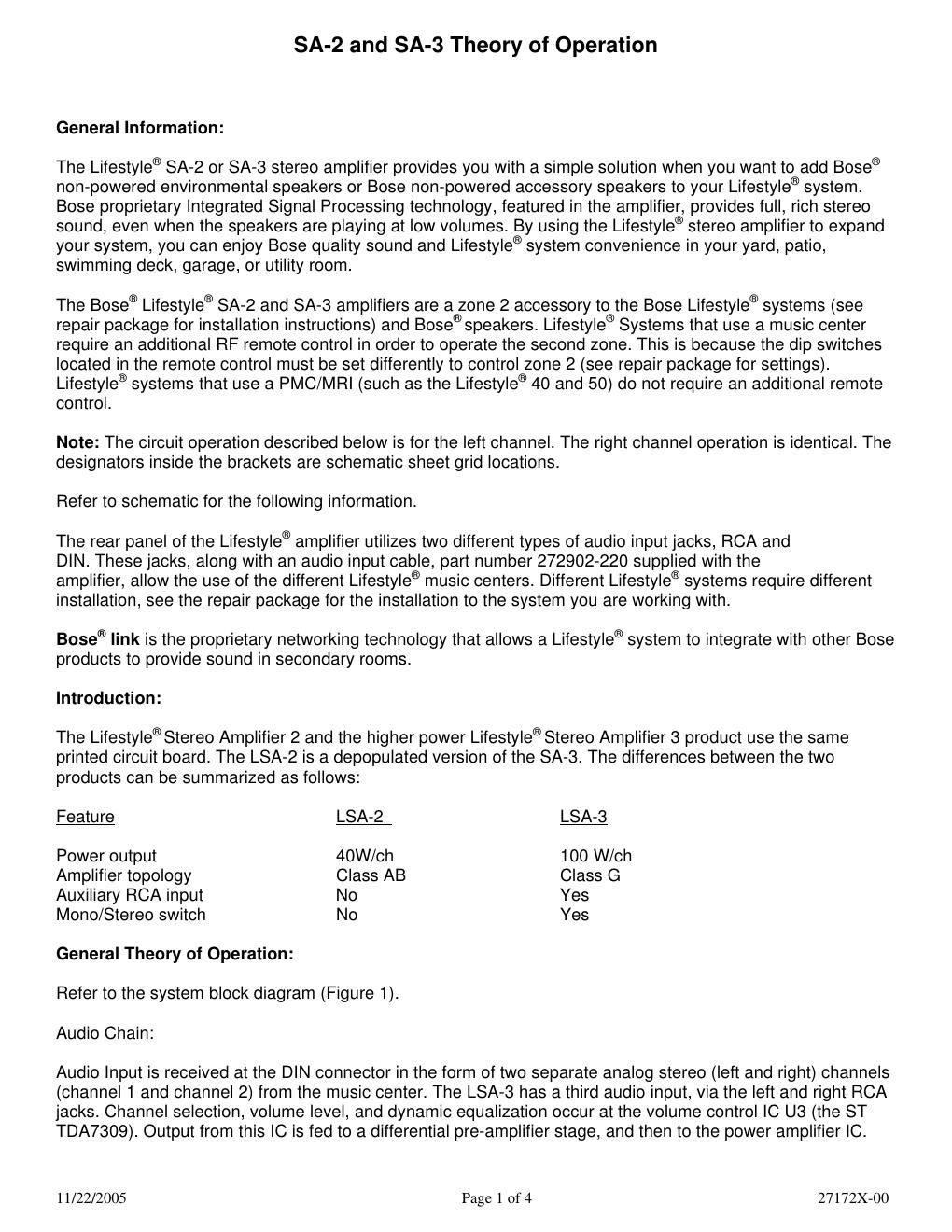Bose lifestyle sa 2 sa 3 amplifier theory of operation
This is the 4 pages manual for bose lifestyle sa 2 sa 3 amplifier theory of operation.
Read or download the pdf for free. If you want to contribute, please upload pdfs to audioservicemanuals.wetransfer.com.
Page: 1 / 4
